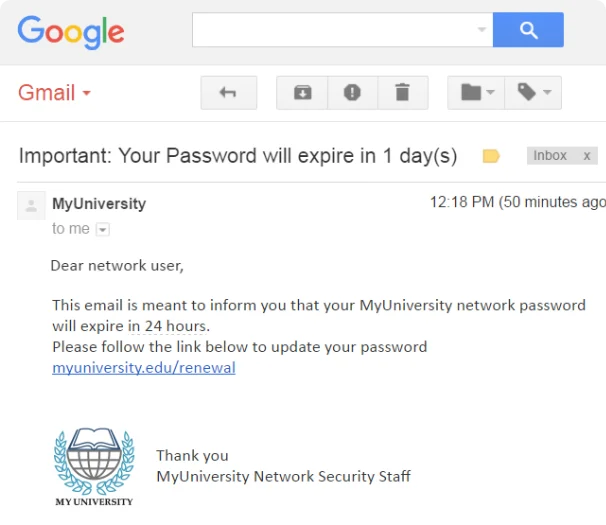What do I do?
We all make mistakes, and those scammers are tricky! Scroll on to explore a variety of tips and resources to help you protect your information, report the incident, and begin the recovery process if you find yourself caught out.

-
Contact us on 1300 728 728 during business hours or 0467 953 309 (8am - 6pm weekends & public holidays) and report your situation.
-
You can report your card as lost or stolen 24/7 in our App, through Internet Banking, or by phoning 1300 728 728.
-
Don't delay - as the quicker you let us know, the faster we can help protect you.
A scammer contacted me, but I didn’t give them any details.
- Report the scam via Scamwatch.
- Report the scam account to the social media or other platform which they used to engage with you.
- If it looks like a scammer is impersonating an Australian business, contact the fair trading organisation in your state or territory.
- Block them.
A scammer contacted me, and I’ve given them money.
- Immediately report the transaction(s) to us.
- Be alert to anyone who contacts you offering to get your money back. It’s a follow-on scam.
- Complete a report through ReportCyber.
- Stop all communication.
- Report the scam account to the social media or other platform they used to engage with you.
- Change your passwords to secure your online accounts. Visit idcare.org for further advice.
- Restrict your card and order a new one.
A scammer has my personal information.
- Disconnect from the internet.
- Contact us, and all of your financial institutions, to secure your accounts.
- Contact any other services that use your personal identity documents, such as the ATO or Services Australia, to secure your accounts. Use another device, in case you’ve downloaded malware.
- Report through ReportCyber.
- Change the passwords to any other accounts which you think the scammer may have accessed or to which they now have access. This could include banking, superannuation and email accounts.
- Secure your social media and other personal accounts.
- Contact a credit reporting agency to see if any attempts to open accounts in your name have been made.
- Check idcare.org for further advice.
Staying scam aware.
Scammers use various tactics to steal money or information, posing as trusted contacts, sending deceptive messages, or resorting to threats. To stay scam safe, don’t trust claims without verification, avoid clicking on suspicious links or downloading attachments, and cut contact if threatened.
Remember: Stop. Think. Protect. Pause before sharing information, question if the message is authentic, and act quickly if something feels wrong.
Question
Your answer:
Correct answer:
Your Answers
How to spot and avoid remote access scams.
In the digital age, staying connected has never been easier — but it comes with its own set of risks.
One of the most insidious threats facing individuals today is the rise of remote access scams. These scams are on the rise again, and it’s more important than ever to arm yourself with knowledge to protect against them.

